A multi-reference parent nested-association mapping population to dissect the genetics of quantitative traits in durum wheat

Authors:
Durum wheat (Triticum durum Desf.) breeding programs face many challenges surrounding the development of stable varieties with high quality and yield. Therefore, researchers and breeders are focused on deciphering the genetic architecture of biotic and abiotic traits with the aim of pyramiding desirable traits. These efforts require access to diverse genetic resources, including wild relatives, germplasm collections and mapping populations. Advances in accelerated generation technologies have enabled the rapid development of mapping populations with significant genetic diversity. Here, we describe the development of a durum Nested Association Mapping (dNAM) population, which represents a valuable genetic resource for mapping the effects of different alleles on trait performance. We created this population to understand the quantitative nature of drought-adaptive traits in durum wheat. We developed 920 F6 lines in only 18 months using speed breeding technology, including the F4 generation in the field. Large variation in above- and below-ground traits was observed, which could be harnessed using genetic mapping and breeding approaches. We genotyped the population using 13,393 DArTseq markers. Quality control resulted in 6,785 high-quality polymorphic markers used for structure analysis, linkage disequilibrium decay, and marker-trait association analyses. To demonstrate the effectiveness of dNAM as a resource for elucidating the genetic control of quantitative traits, we took a genome-wide mapping approach using the FarmCPU method for plant height and days to flowering. These results highlight the power of using dNAM as a tool to dissect the genetics of durum wheat traits, supporting the development of varieties with improved adaptation and yield.
